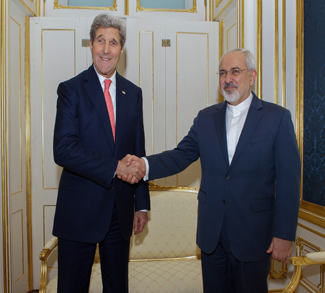Three years ago, the siege of Marawi was in full-swing. A failed attempt by Philippine troops to capture Abu Sayyaf leader Isnilon Hapilon, on 23 May 2017, had prompted a militant uprising which would last until October. Armed Forces of the Philippines (AFP) soldiers were pitted against ISIS-affiliated jihadis led by Hapilon and his co-conspirators – the Maute brothers – in fierce street-to-street urban warfare.
By the time the battles ended, 1,200 – including 920 militants and 168 AFP soldiers – had been killed. 350,000 residents had fled their homes, unable to return to a city left in a state of ruin. Near-daily IED blasts and government airstrikes had flattened the central Banggolo district, where AFP bomb-disposal experts have since been working to clear debris and safely locate and detonate unexploded ordnance.
The last-known bomb was destroyed in October. Yet construction work has been slow to pick-up pace, even as 126,000 evacuees still reside in transitory shelters or with relatives across the Lanao provinces. Rebuilding Marawi, known as the ‘Islamic city’ with its symbolic Grand Mosque and majority-Maranao Muslim population, will be key to peace in a region afflicted by separatist conflict since the mid-1970s.
Last year, a peace accord was finalized between Manila and the region’s largest rebel group, the Moro Islamic Liberation Front (MILF), ending hostilities and forging a new Bangsamoro Autonomous Region in Muslim Mindanao (BARMM). The inauguration of the region last March signalled the arrival of self-governance, and a chance to address the grievances of western Mindanao’s Moro Muslim population.
Since then, violence perpetrated by the ISIS-aligned groups whom laid siege to Marawi has dwindled. Yet amid the perceived slow pace of reconstruction, further delayed by the COVID-19 pandemic, local frustrations are rising. A ‘growing sense of despair’ fuelled by a ‘lack of urgency’ in rebuilding the city is now raising fears of a fertile recruitment pool for jihadi groups intent on spoiling the peace process.




